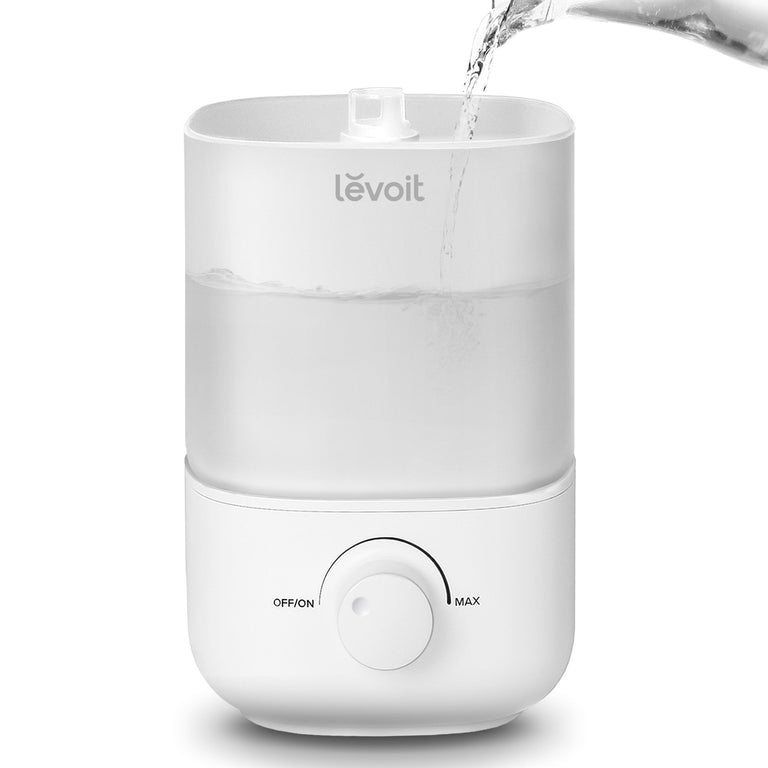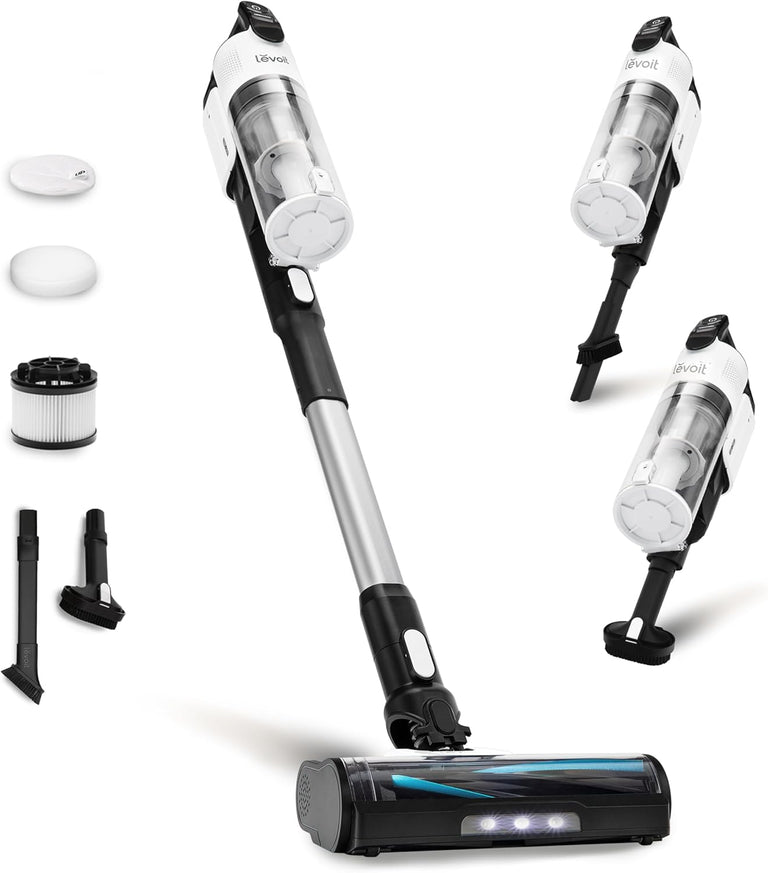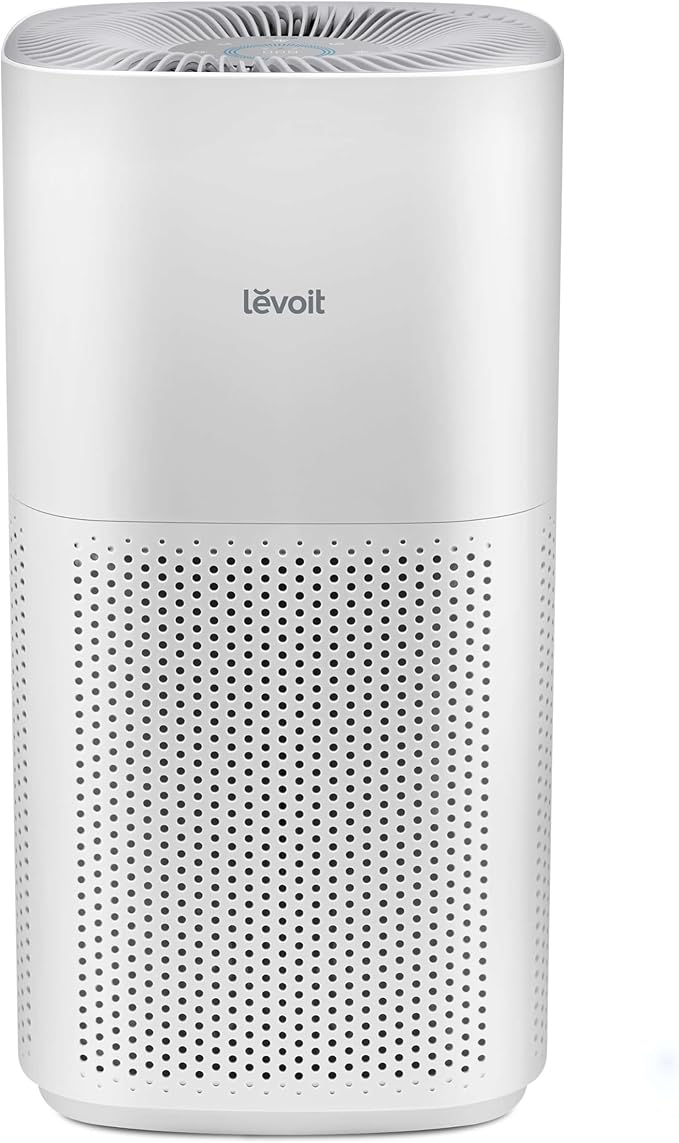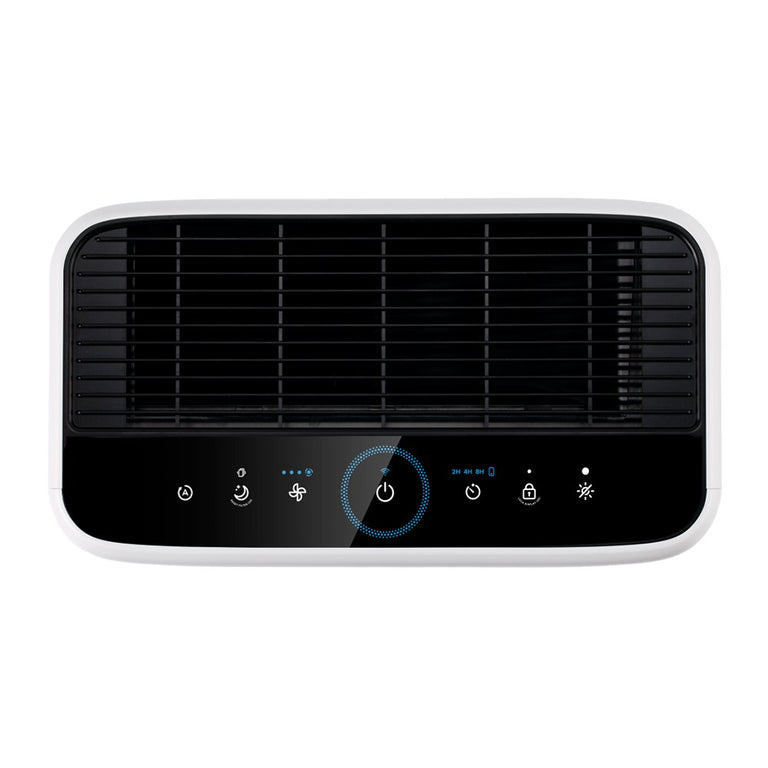
Dry Throat? Humidity's Role in Relief
-
1 min read
You’re not making it up—dealing with a dry throat is frustrating, as it can affect your daily comfort. This blog post will explore the causes behind dry throats, discuss different ways to temporarily soothe symptoms, and explain how humidifiers can help with overall comfort.
Common Causes of a Dry Throat
Environmental Factors
Environmental conditions play a significant role in causing a dry throat. Low humidity levels, often due to air conditioning or heating systems, can lead to moisture loss and a dry throat. Polluted or dusty environments can also contribute to this issue.
Dehydration
Not consuming enough fluids can lead to dehydration, a primary cause of dry throat. It's important to hydrate regularly to maintain mucus membranes.
Health-Related Issues
Various health issues, such as colds, sinus infections, and chronic conditions like acid reflux or certain thyroid disorders, can contribute to a dry throat.
Lifestyle Influences
Lifestyle choices, including smoking and excessive alcohol consumption, can exacerbate dry throat conditions. Additionally, habits like mouth breathing during sleep can dry out the throat.
Relief for a Dry Throat
Now that we’ve explored the possible reasons behind your dry throat, let’s find ways to temporarily alleviate the discomfort.
Stay Hydrated
It’s simple but essential: make sure to drink plenty of water. Keeping the body well-hydrated helps keep your throat moist and comfortable.
Using a Humidifier
A humidifier is an easy way to add moisture back into the air. Humidifiers help maintain an optimal level of humidity and moisture, especially in environments with artificial heating or cooling.
Throat Lozenges
Throat lozenges are formulated with soothing ingredients and stimulate saliva production; these can help keep the throat moist.
Avoiding Irritants
This one may seem obvious, but it’s surprisingly easy to forget. Minimizing exposure to irritants such as smoke, dust, and strong scents can help relieve dry throat discomfort.
Humidifiers and Dry Throats
What They Do
A humidifier adds moisture to the air, which can be particularly helpful in homes with dry indoor air caused by heating systems in the winter or air conditioning in the summer. Increasing indoor humidity levels may offer some temporary soothing relief.
Cool Mist Humidifiers
Cool mist humidifiers are a valuable addition to any space due to their ability to enhance indoor air quality without the use of heat. They may also be a good consideration for homes with children and pets, as cool mist humidifiers do not use or emit hot water and steam. They may also be the more refreshing choice for warm seasons such as spring and summer.
Warm Mist Humidifiers
Many prefer warm mist humidifiers during colder months, as they help keep your home cozy and humidified. They also tend to run more quietly than cool mist humidifiers, making them ideal for bedrooms and home offices. Read our thorough article for the pros and cons of cool mist vs. warm mist humidifiers.
Ultrasonic Humidifiers
Ultrasonic humidifiers use ultrasonic vibrations to produce a fine mist and are available in both cool and warm mist types.
Evaporative Humidifiers
Evaporative Humidifiers work by blowing air through a wet wick filter. As the air passes through the filter, water from the filter evaporates into the room. They are self-regulating, meaning that as the humidity in the room increases, the process of evaporation decreases to maintain a comfortable level of humidity.
Choosing the Right Humidifier
Room Size and Capacity
When selecting a humidifier, consider the size of the room. Larger rooms may require a humidifier with a higher capacity or even multiple humidifiers.
Ease of Use and Features
Look for features like smart capabilities, adjustable humidity levels, and timers. These can enhance convenience and efficiency.
Noise Level
This is especially important in bedrooms, where you’ll be resting and sleeping. The lowest humidifier setting should be quiet enough so as not to disrupt sleep (think somewhere around 20–30dB).
Using and Maintaining Your Humidifier
Proper Usage
Place the humidifier where it can distribute moisture evenly without becoming an obstacle in your space. You’ll also want to avoid placing it on wooden surfaces to help prevent surface moisture damage.
Regular Cleaning
Humidifiers should be cleaned regularly. Depending on the type of humidifier, this may involve changing filters, cleaning tanks, and wiping down surfaces.
Water Type
Using distilled or demineralized water is recommended, especially in ultrasonic humidifiers, to minimize the distribution of minerals in the air. For an evaporative humidifier, it's also advisable to use distilled or demineralized water to reduce mineral buildup and to prolong the humidifier's lifespan. These types of water minimize the emission of white dust, which occurs with tap water due to its mineral content.
Monitor Humidity Levels
If your humidifier doesn’t have a built-in humidity monitor, you can use a hygrometer. Your ideal indoor humidity should be around 30–50% RH (relative humidity). Just as dry air can be harmful, excessive humidity can damage wood flooring and furniture or electric appliances, so it’s important to monitor your humidity levels, even with a humidifier.
Safety Considerations
Risk of Burns
For warm mist humidifiers, be cautious of the risk of burns, particularly around children and pets.
Avoid Over-Humidification
Over-humidification can lead to condensation on windows and walls, potentially causing structural issues.
Important Note
The information provided here is for informational and educational purposes only and should not be used in medical emergencies or for diagnosing or treating any medical condition. It's crucial to consult a licensed medical professional for diagnosis and treatment. External links are for informational purposes and do not constitute endorsements. No warranty of any kind, either expressed or implied, is made as to the accuracy, reliability, timeliness, or correctness of the information provided herein.
Sources
Featured Products
-
NewRegular price $29.99Unit price perRegular price
$39.99$29.99- New
- 1 Gallon
-
Regular price $63.96Unit price perRegular price
$79.99$63.96- Smart
- 1-3 Gallons
-
Sold OutRegular price $109.99Unit price perRegular price
- Smart
- 1-3 Gallons












